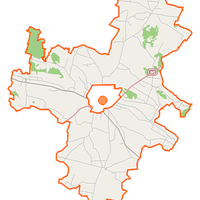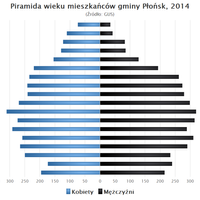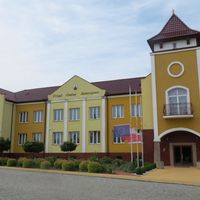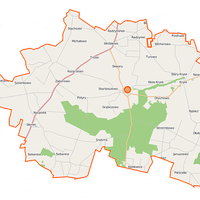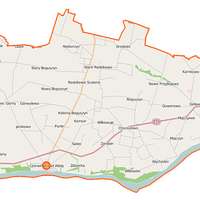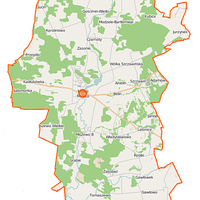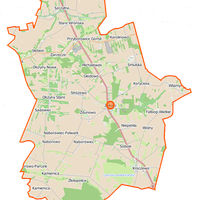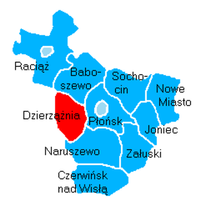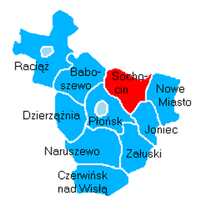Płońsk County
6.78
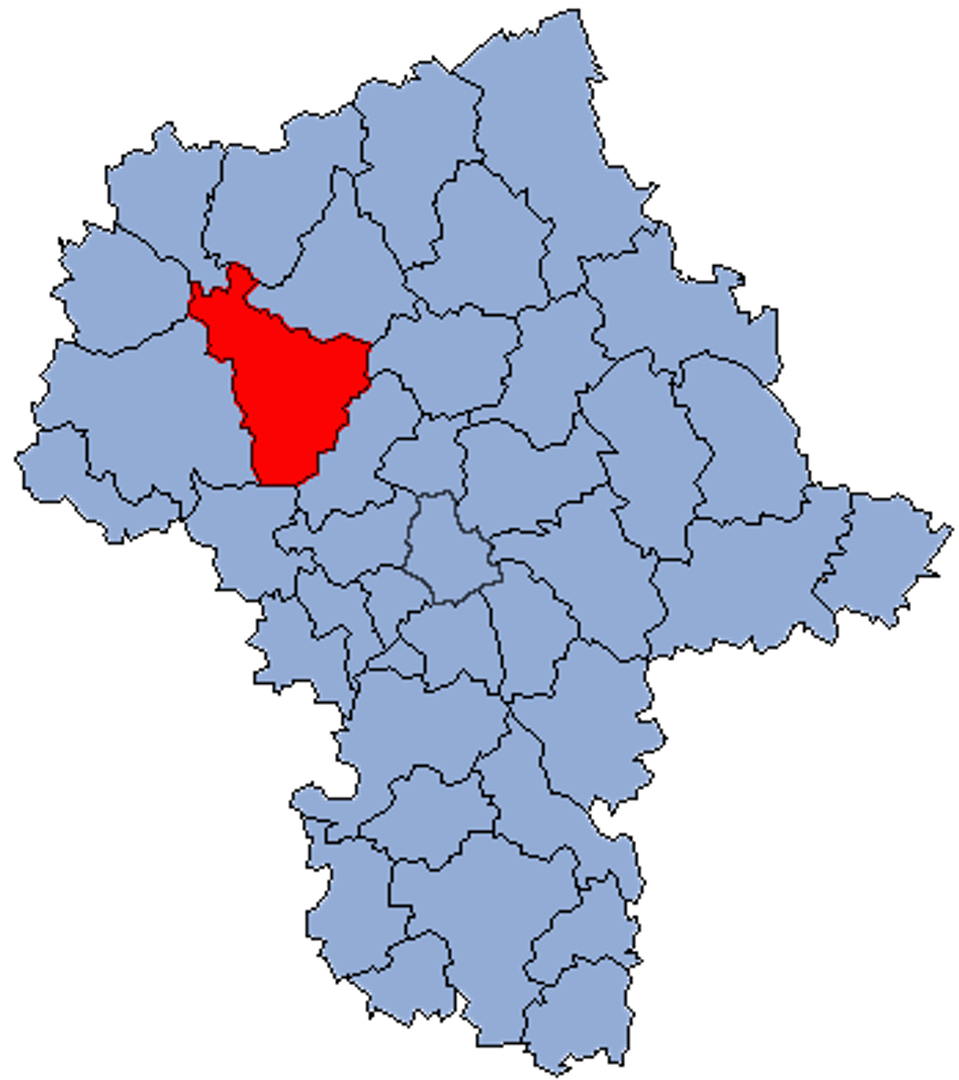
Overview
Płoński County, located in the northwestern part of the Masovian Voivodeship, was established in 1999 as part of the administrative reform. Its capital is the town of Płońsk, which, along with Raciąż, serves as an urban municipality. The county also includes urban-rural municipalities such as Czerwińsk nad Wisłą, Nowe Miasto, and Sochocin, as well as several rural municipalities. There are five towns within its borders: Płońsk, Raciąż, Czerwińsk nad Wisłą, Nowe Miasto, and Sochocin. At the end of 2019, the county's population was 87,054, with a slight decrease to 86,868 in 2020. In terms of architecture, the county boasts a variety of structures, including historic churches and buildings that reflect the region's rich history. In Płońsk and its surroundings, one can find both religious and secular architectural elements, with various styles showcasing cultural influences over the centuries. The county's culture is rooted in numerous local traditions, with regionally significant events that bring the community together. The history of the county is closely tied to the development of settlement and trade. Over the centuries, these lands have witnessed many important historical events, as well as administrative and political changes. Interestingly, Płoński County is surrounded by several other counties, making it a key point on the transportation map of Masovia. Since 1998, local leaders have represented diverse political affiliations, reflecting a dynamic local governance atmosphere. The county is known for its active local social and cultural initiatives, with residents actively participating in promoting regional traditions and cultural heritage.
Location
State
Masovian Voivodeship
Country
2025 Wizytor | All Rights Reserved
